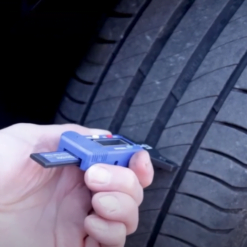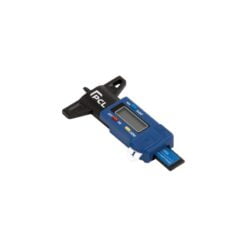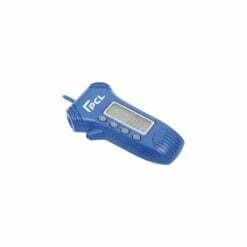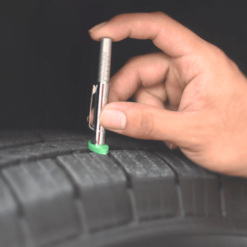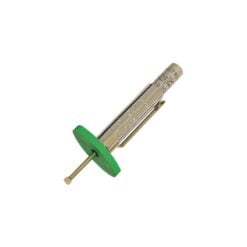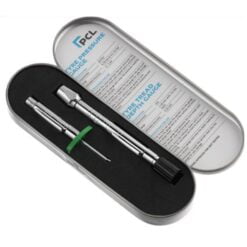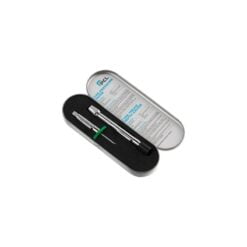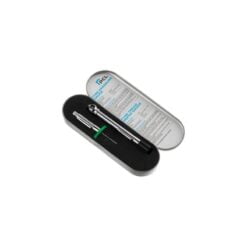Is your Tyre Tread Depth Illegal?
October is tyre safety month and there are many tyre safety laws which often not known about. Firstly, here in the UK it is illegal if your car tyre has a tread depth of under 1.6mm, but what does that mean?
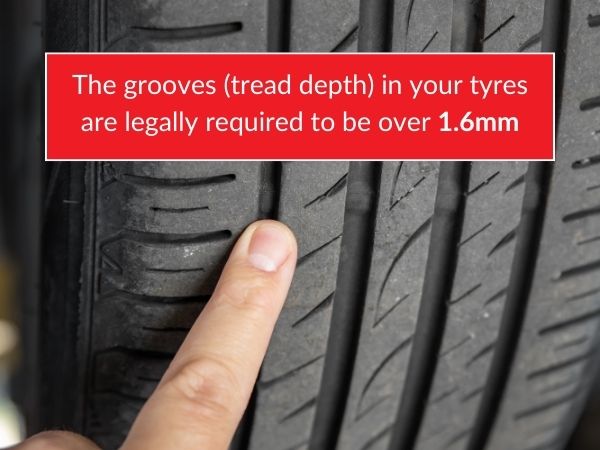
What is Tread Depth?
To put it another way, it’s a way of looking at how bald your tyres are. It’s crucial for road safety as it directly affects a vehicle’s grip and handling on the road. As mentioned above, your tyres must have a depth of more than 1.6mm as it is essential for maintaining traction and stability, especially in adverse weather conditions like rain, snow, and ice.
Not only is it against the law to be below the 1.6mm required depth, it’s also important for many other reasons, including:
Traction: The grooves in your tyre’s rubber are like water channels. They push rain away from where your tire touches the road. This helps your car stay in control and stop safely, especially when it’s wet outside.
Handling: Adequate tyre tread depth improves a vehicle’s ability to navigate corners and curves safely, as it provides better control and stability.
Braking: Tyres with good tread depth can grip the road better during braking. Thus, reducing stopping distances and the risk of accidents.
MOT Fail: To put it simply, your vehicle will not pass it’s MOT if the tread depth is below the legal tread depth requirement.
On the UK Government website, you can look at different issues with tyre tread depth, and whether those scenarios are legal or not.
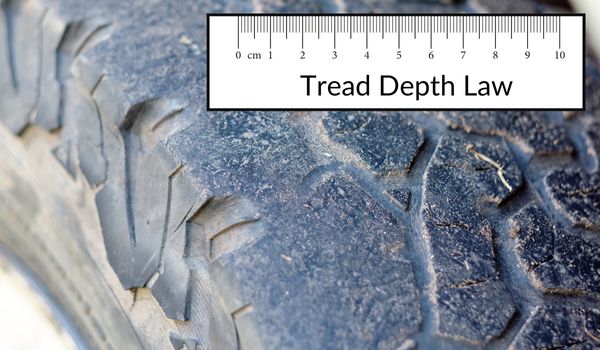
UK Tyre Law
The minimum legal tyre tread depth in the UK is 1.6 mm across the central three-quarters of the tire’s width and around the entire circumference. This requirement applies to cars, motorbikes, and light commercial vehicles with a gross vehicle weight rating of up to 3,500 kilograms.
What Happens if my Tyre Tread Depth is Below 1.6mm?
Fines & penalty points. Driving with tyres that have tread depth below the legal minimum can result in fines and penalty points on your driving license. Each illegal tyre can lead to a fine of up to £2,500 and three penalty points per tyre. This means that if all four tyres are below the legal tread depth, you could face fines of up to £10,000 and 12 penalty points, potentially leading to a driving ban.
How to check Tyre Tread Depth
We recommend you get a tread depth gauge. A basic manual tread depth gauge is less than £7 and will give you a reliable reading, rather than having to guess. Additionally, you can get a digital tread depth gauge for around £20 which will give you an easy, accurate reading within seconds (without having to fiddle around).
You can also purchase tread depth gauges combined with tyre pressure gauges. Tyre pressure is vitally important for tyre safety and preventing accidents, so the selection of products below is ideal for keeping your tyres safe.
Digital Tyre Depth Gauges
Manual Tread Depth Gauges
How to use a Manual Tread Depth Gauge
- Place the probe into the tread groove of the tyre and push down on the base.
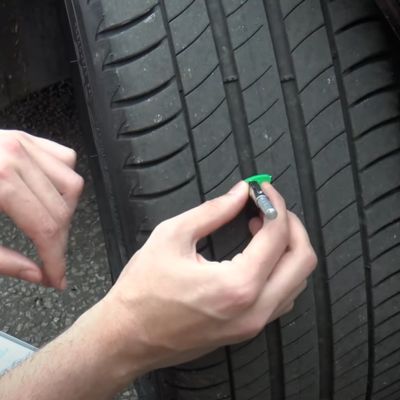
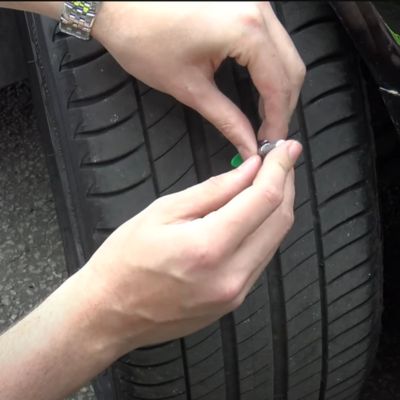
2. Check the measurement on the scale. The measurement needs to read above 1.6mm.
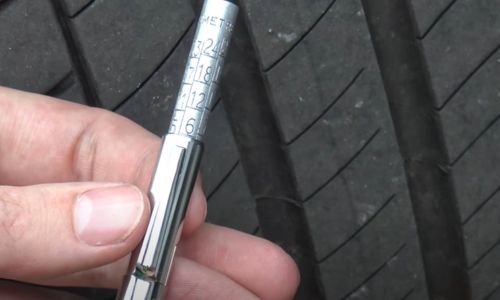
Here is a video from our partner PCL showing how to use a manual tread depth gauge:
Similarly, PCL have the amazing 3 in 1 digital tyre tread depth and tyre pressure gauge which comes with a handy light. You can watch the video as to how that works below:
Keep your tyres safe, keep your car legal!
To summarise, keeping your tyres safe with the correct tread depth is your own responsibility. Therefore, the best way to avoid accidents, fines and penalty points is to regularly check your tyres for wear and tear. It may seem like a bit of a chore, but it could ultimately save you from severe penalties.
As shown above, checking the tread depth of your tyre is simple – especially with a tread depth gauge.
If you do need any assistance or help with regards to any of our tyre care tools, please don’t hesitate to give us a call: 01932 348777
Read next: Which Tyre Inflator is best?


